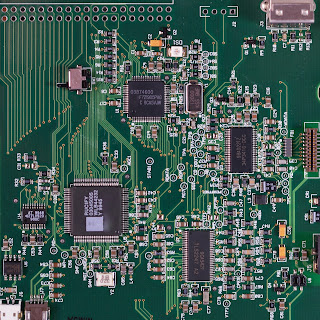illustrate the use of new aand delete operations fordynamic allocation for class object the program uses bad_alloc exception instead of null pointer for handling allocation failure of C++
illustrate the use of new and delete operations for dynamic allocation for class object the program uses bad_alloc exception instead of null pointer for handling allocation failure
#include<iostream>
using namespace std;
class sample
{
private:
int data1;
char data2;
public:
void set (int i,char c)
{
data1=i;
data2=c;
}
void display(void)
{
cout<<"Data1="<<data1;
cout<<"\nData2="<<data2;
}
};
int main(){
sample *s_ptr;
try
{
s_ptr =new sample;
}
catch(bad_alloc ba)
{
cout<<"Bad Allocation occurred.... the program will be terminate now...";
return 1;
}
s_ptr-> set(25,'A');
s_ptr-> display();
delete s_ptr;
return 1;
}
output--






Comments
Post a Comment